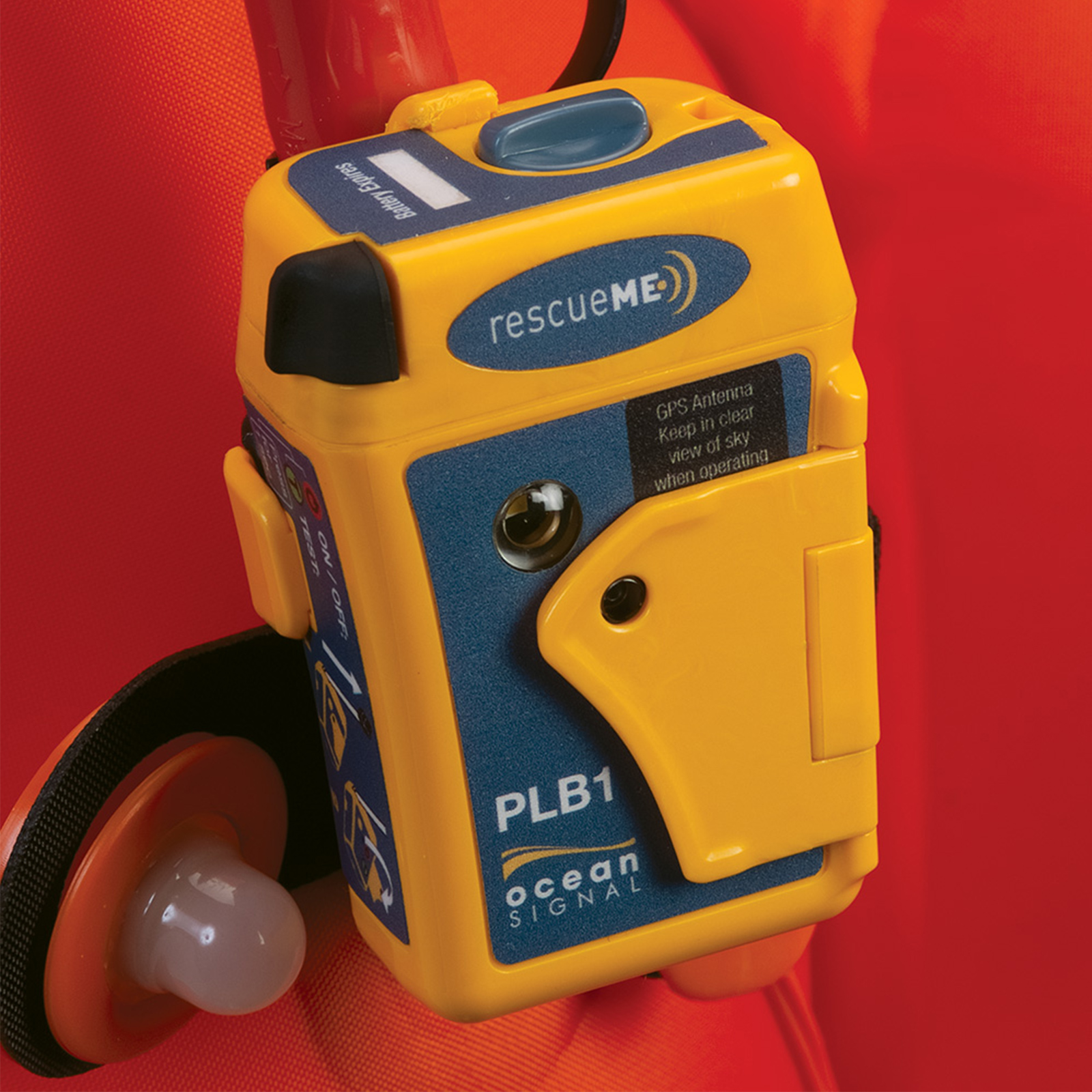How to Choose Between a PLB and a Satellite Messenger 943
by Admin
Posted on 07-10-2023 12:40 PM

While many people consider unplugging to be an essential part of immersing themselves in the natural world, it’s also true that there might come a
time
when one truly needs to call for help.
 Smartphones, which are seemingly in-hand 24/7, are a tempting solution, but 911 networks offer limited connectivity in ma nature’s domain. When you’re on an outdoor adventure, plbs and satellite messengers are your two best options for sending distress signals.
Smartphones, which are seemingly in-hand 24/7, are a tempting solution, but 911 networks offer limited connectivity in ma nature’s domain. When you’re on an outdoor adventure, plbs and satellite messengers are your two best options for sending distress signals.
The spot gen4 is a globalstar-based satellite locator and messenger that straddles the line between satellite messenger and basic plb. It doesn’t provide any kind of two-way messaging, but it can be used to send either an s. O. S. Alert to the emergency network, a standardized all-okay check-in or a help message to personal contacts. It can also send preset text messages. Lastly, there’s a help button that will alert personal contacts that you need assistance in a non-emergency situation. Messages and personal contacts are set by logging into your online account, so they can’t be changed without internet access.
In an emergency, a plb with gps greatly reduces the search radius to about 100 meters (110 yards). It also significantly lessens the time to provide location tracking—from just under one hour to only one minute. The cospas-sarsat satellite messenger system relies on three different satellites, the geosar, meosar, and leosar. The geosar satellites are stationary over the equator. If your beacon has gps coordinates, satellite messages instantly alert a government database of search and rescue teams of your position in as little as two to three minutes. The meosar satellites are mid-earth-orbiting search and rescue satellites. Using the next-generation satellite network, anyone activating a plb can expect their beacon to be located within 100 meters (328 feet), 95% of the time, within five minutes of the distress signal.
When you’re on the hunt for the best plb, you may discover a device called a spot messenger, or satellite messenger. While both spot messengers and plbs have their place, there are some remarkable differences between the two.
PLBs vs. Satellite Messengers
To compile this review, we started by carefully selecting the top models of satellite messenger and personal locator beacons.
 It's usually impossible for us to satisfactorily test every product on the market for a particular category. With plbs and satellite messengers, though, there aren't many options available, and we can test nearly every device. Especially in the two-way satellite messaging device sub-category, we've worked to get every single new option in our hands. The end result is a set of tested products that represent essentially all of the available satellite communication options currently on the market. From there, we purchased and activated these beacons and put them to the test for hundreds of hours, side-by-side, in several distinct situations and locations.
It's usually impossible for us to satisfactorily test every product on the market for a particular category. With plbs and satellite messengers, though, there aren't many options available, and we can test nearly every device. Especially in the two-way satellite messaging device sub-category, we've worked to get every single new option in our hands. The end result is a set of tested products that represent essentially all of the available satellite communication options currently on the market. From there, we purchased and activated these beacons and put them to the test for hundreds of hours, side-by-side, in several distinct situations and locations.
Personal locator beacons (plbs) like the ocean signal rescueme plb1 or our former pick, the now-discontinued acr resqlink+ have one function: to send a distress signal. These small, lightweight, inexpensive, and nearly indestructible units offer no texting or two-way communication; they won’t function as a gps, won’t track you with waypoints, give you a weather report, or link to social media. As far as keeping the people back home informed of your whereabouts and state of health, using a plb is a “no news is good news” thing. All the satellite messengers we considered come with a monthly subscription cost.
What is a satellite messenger? satellite messengers have the sos feature of a plb but add on tracking and two-way messaging for users who want to be connected while backcountry exploring. They are ideal for hikers and backpackers who travel to remote areas where there is no mobile phone coverage and want to stay in contact with friends and family at home. (a map of spot's coverage) how does a satellite messenger work? unlike the plbs which use the government-backed sarsat satellite network and sar resources, the satellite messengers use a commercial satellite network (iridium or globalstar) and a private sector response center to handle emergency calls.